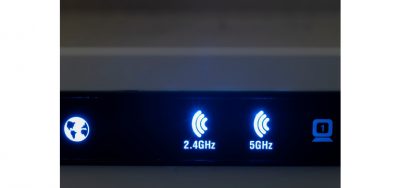Evident information has arisen about a high seriousness security vulnerability influencing a product driver utilized in HP, Xerox, and Samsung printers that have stayed obscure since 2005.
A huge number of printers have been delivered worldwide to date with the insecure driver being referred to.
Traced down as CVE-2021-3438 (CVSS score: 8.8), the problem concerns a flood in a print driver installer bundle named “SSPORT.SYS” that can empower distant advantage and subjective code execution.
Although, there is no proof that the defect was violated in true assaults.
“An expected cushion flood in the product drivers for certain HP LaserJet products and Samsung product printers could prompt an acceleration of advantage,” as indicated by a notice issued in May.
The stated problem was accounted for to HP by risk security intelligence specialists from SentinelLabs on February 18, 2021.
Following which resolutions have been distributed for the influenced printers as of May 19, 2021.
In particular, the issue depends on the way that the printer driver doesn’t disinfect the size of the client input, possibly permitting an unprivileged client to heighten advantage. And run malicious code in the kernel-mode on frameworks that have the cart driver downloaded and installed.
“The capacity that is vulnerable inside the driver acknowledges information sent from User Mode by means of IOCTL (Input/Output Control) without approving the parameters of size,” as stated in a report. “
This feature duplicates a string from the client input utilizing ‘strncpy’ with a size parameter that is constrained by the client.
Basically, this permits hackers to invade seccurity by the buffer utilized by the driver.
Also read,
Apparently, HP duplicated the driver’s function from a close indistinguishable Windows driver test issued by Microsoft, albeit the example project in itself doesn’t contain the security gap.
This isn’t the first run-through security defect that has been found in old programming drivers. Priorly in May, some concerning insights revealed different critical advantage acceleration vulnerabilities in Dell’s firmware update driver named “dbutil_2_3.sys” that went undisclosed for over 12 years.





